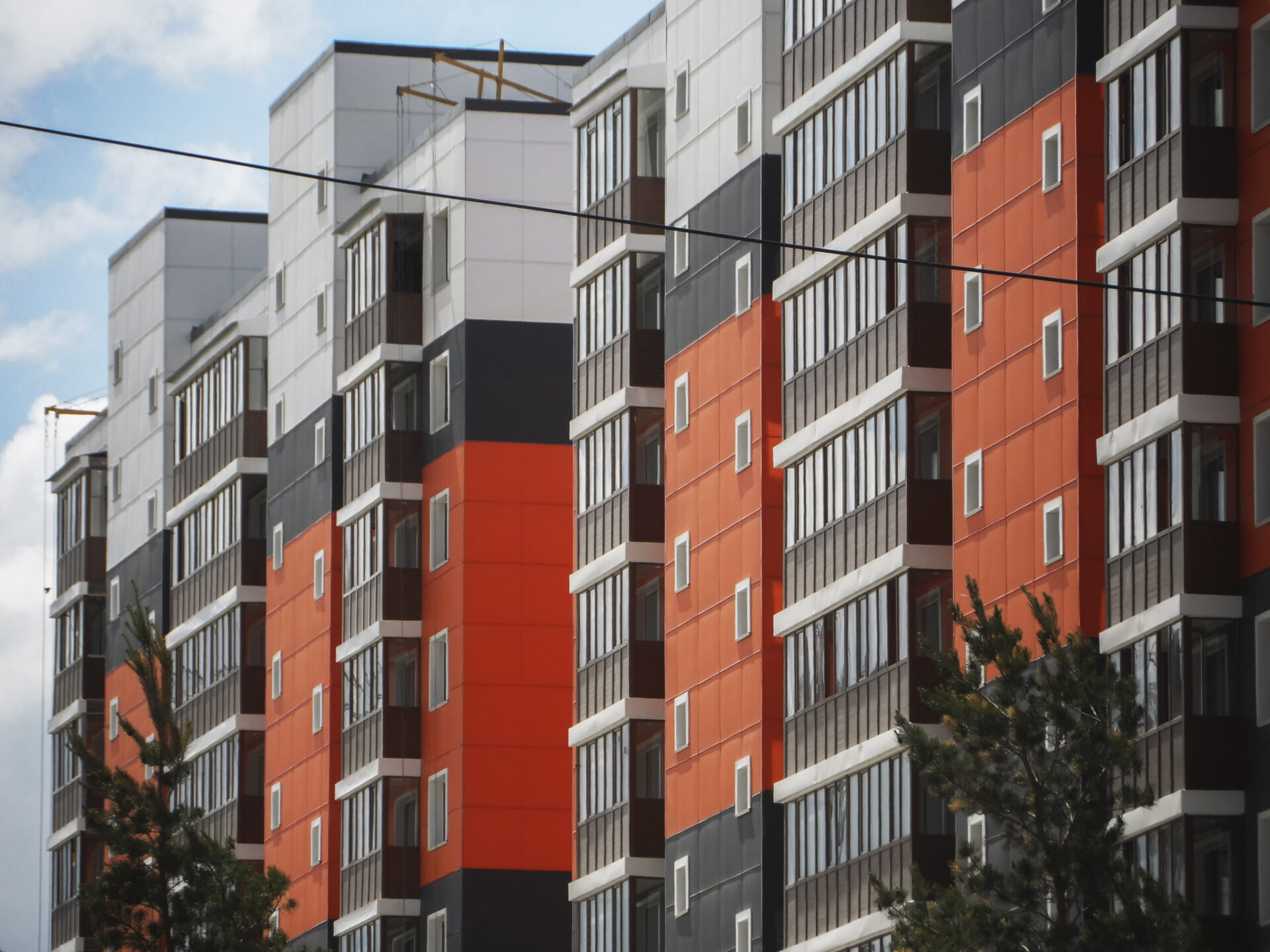Investment opportunities in multifamily housing lost some steam in Q4 2021, with the Freddie Mac Multifamily Apartment Investment Market Index (AIMI) falling by 4.8% from Q3 and 2.4% year-over-year.
AIMI analyzes multifamily rental income growth, property price growth, and mortgage rates to measure multifamily market investment conditions. A decline such as this indicates that attractive investment opportunities are becoming more difficult to find.
The report suggests that record multifamily price appreciation and rising mortgage rates offset net operating incomes (NOI), despite “unprecedented” income growth for multifamily investors. Property prices grew by 19.6% YOY, while NOI grew by only 17.7%.
“The year-over-year AIMI decline shows us that it may be more difficult now to find attractive multifamily investment opportunities in some markets than it was a year ago,” said Steve Guggenmos, vice president of Research & Modeling at Freddie Mac Multifamily.
“Even though we’re seeing off the charts net operating incomes, prices are also rising dramatically. In most markets, investors are paying more per dollar of property income compared with one year ago.”
Across the country, NOI growth was 3.5%, with every metro experiencing growth. New York had the fastest NOI growth (7.3%) while Minneapolis had the slowest (0.6%).
But property prices grew in every market, with national price growth up 7%. Las Vegas, Phoenix, and Raleigh, NC, all saw 10% price increases. Mortgage rates, meanwhile, rose by 12 bps, their largest increase since Q4 2018.
As a result, AIMI fell in 24 of the 25 markets analyzed by Freddie Mac in Q4 2021. New York was the only market where AIMI did not drop.
Annually, AIMI fell in 11 of 25 markets, while the other 14 saw growth. NOI growth exceeded 10% in every market but Minneapolis year-over-year.
The multifamily market is expected to remain hot as more Americans rent. Some are choosing to rent forever, while others hope to buy a home but are forced to rent until prices moderate. This is changing renter demographics.
“The 35 to 50 age group is a market that’s changing over time, and they will be working their way through as the dominant factor in our housing market,” Richard Gollis, founding principal of The Concord Group, said during a session at the International Builders’ Show.
“The conversation around programming and amenities for multifamily needs to reflect prospects in their thirties, forties, and fifties.”
